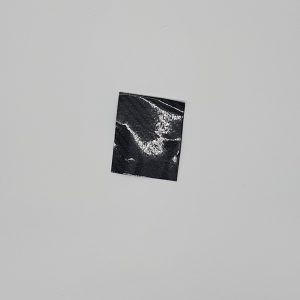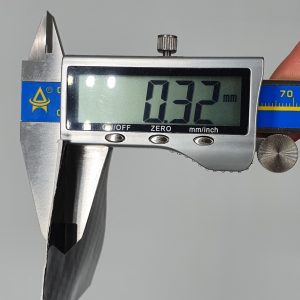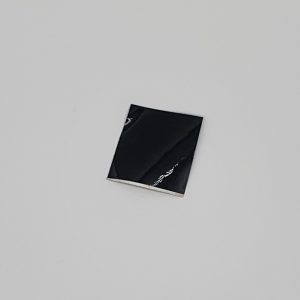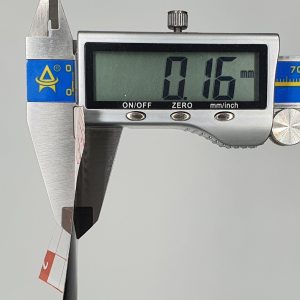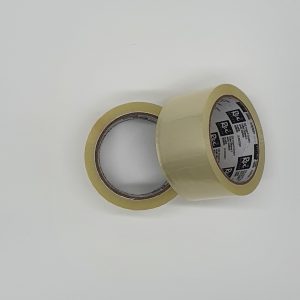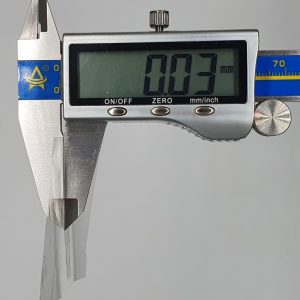Which slides to use?
There are a variety of slides. This is why it is so difficult to find the right foil. For the production of my first foil cones I got myself a carbon foil for the car. The reason for the choice was that I liked the carbon look and thought I had a high-quality foil with it. The film was definitely of high quality. Unfortunately unsuitable for the production of foil cones. The reason is easily explained. The film was relatively thick and also quite rigid. The cones I made were heavy and didn't fly very accurately.
I then switched to handicraft foil. Same experience here too. Although the handicraft foil was significantly thinner than the carbon foil, it was always too thick for the optimal foil cone.
By chance I came across a roll of packing tape from Aldi. The packaging tape from Aldi Süd is characterized by the fact that it is very thin. My first attempts with this packing tape as an alternative to foil were very promising. After a few tests I found out that the strength of the foil cone can be controlled very well by the number of layers.
I started with 3 layers and then gradually got to 10 layers of packing tape. My experiments had then found the best combination of rigidity and flexibility for me with 5 layers.
Overall, the learning curve had taught me that the thinnest possible material is the best way to control the behavior of the foil cone. I have therefore been making my foil cones exclusively from this packaging tape for several years. Although my foil cones are no longer made of foil but of packing tape, I still call them foil cones 😉

